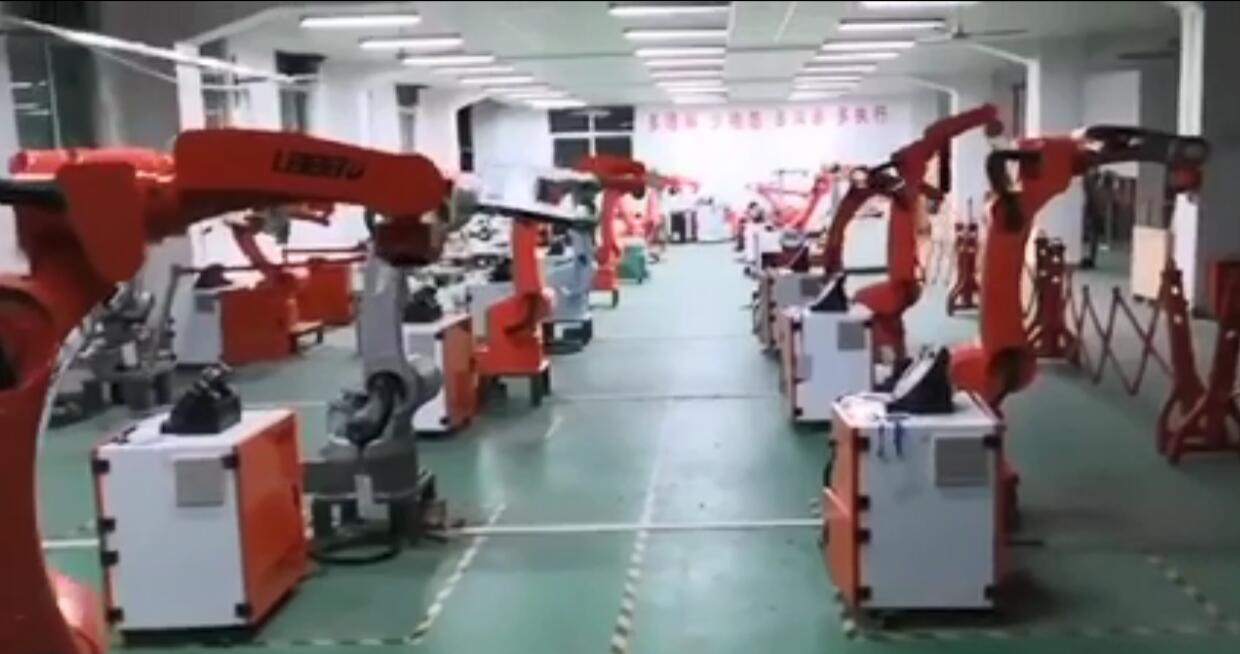Call Us Now
TEL: +86-4000988557;
Teams: gfreex@hotmail.com;
WeChat: Troysupply_com;
QQ ID: 8936906.
According to statistics from the China Construction Machinery Industry Association, the sales of various excavators of the 25 excavator manufacturers included in the statistics in September this year increased by 64.8% year-on-year, of which domestic sales increased by 71.4% year-on-year, and exports increased by 31.3% year-on-year; from January to September , Excavator sales increased by 32% year-on-year, of which domestic sales increased by 33.2% year-on-year, and exports increased by 22.2% year-on-year.
The unmanned aerial vehicle, which is called "air robot" in the industry, is a kind of service robot and one of the application fields of lidar.
"After the domestic economy'restarted' this year, we have more orders than before. The demand for water conservancy and electric power inspections, environmental protection, security and other sectors has increased significantly." A person in charge of a drone company said that although the company's exports are currently affected The impact of the epidemic abroad, but the domestic demand is higher.
In addition to the above-mentioned fields, the demand for robots in light industrial fields such as cables, cement, steel, furniture, building materials, medicines, masks and protective clothing has also increased this year.
"With the further promotion of industrial robots in labor-intensive industries, the automotive manufacturing and 3C electronics industries are becoming smaller in the industrial robot market," said Liang Wanqian.
In terms of service robots, since this year, service robots have further penetrated into all aspects of people's lives such as medical care, home furnishing, catering, logistics and warehousing, and sanitation. Enjoying the services of "little AI classmates" and sweeping robots has become a daily routine for ordinary people, and food delivery robots have also appeared in the canteens of some units.

Why is the demand for robots soaring?
Analyzing the reasons for the sharp increase in robot production and demand this year is inseparable from the background of the epidemic.
"From the perspective of the increase in the production data of industrial robots in the second half of the year, there is a backlog of demand caused by the epidemic in the first half of the year, and the contribution of concentrated release after the full resumption of production in the second half of the year." Liang Wanqian said, but more importantly, the epidemic has affected labor-intensive companies. The concept of the person in charge has changed, and the pattern of labor supply has changed.
In fact, before the outbreak of the epidemic, the problem of labor shortages in some cities has surfaced, and the pace of machine replacement has already begun, but the epidemic has accelerated this process.
According to data from the National Bureau of Statistics, at the end of the third quarter, my country’s rural migrant labor force totaled 179.52 million, a decrease of 3.84 million from the same period last year and a year-on-year decrease of 2.1%.
“After the outbreak, the return of personnel was restricted, causing some labor-intensive enterprises to have no one available and production to a halt. Although the domestic epidemic was effectively controlled later, considering the risk of repeated epidemics, some front-line workers finally chose Looking for work near home, I don’t want to go far.” Liang Wanqian said, this has made some companies determined to purchase robots and invest in intelligent production lines.
“The epidemic has accelerated the thinking of many units on unmanned operation.” The person in charge of the aforementioned drone company said that this year there was a large-scale flood in the south, and the demand for inspections of water conservancy and electricity increased. The inspection scope is larger, and non-contact inspection can be realized, which has become a realistic choice for relevant departments and enterprises.
In addition, according to Liang Wanqian, after years of development in the domestic robotics industry, the cost has dropped significantly, and the cost performance has increased significantly. This has made some companies not only demand, but also capable of equipped with intelligent production equipment.
At the policy level, Ji Bingmeng believes that the new infrastructure plus some other policies in China, as well as China’s effective measures to control the epidemic, have created a very good business economic environment for China, enabling new technologies to be quickly adopted by enterprises. Contribute to sustainable economic restoration.
Robot industry is expected to grow further:
Looking to the future, many experts are optimistic about the "growth of the robotics industry", believing that this is supported by both policy and market demand.
The Fifth Plenary Session of the 19th Central Committee put forward the main goals of economic and social development during the "14th Five-Year Plan" period, and clearly included "significant improvement in innovation capability, advanced industrial foundation, and significant improvement in the modernization level of the industrial chain".
The National Development and Reform Commission, the Ministry of Science and Technology, the Ministry of Industry and Information Technology, the Ministry of Finance, the Ministry of Human Resources and Social Security, and the People’s Bank of China recently jointly issued the "Implementation Opinions on Supporting Private Enterprises to Accelerate the Reform, Development, Transformation and Upgrading" and proposed the implementation of robots And smart equipment promotion plan.
At the local level, there is no shortage of support plans for the robotics industry. Take Beijing as an example. In June this year, the Beijing Economic Development Zone formulated a new industrial plan, proposing to further promote the four leading industries to achieve the output value of 600 billion yuan, including robotics and intelligent manufacturing.
The Chinese Institute of Electronics predicts that my country’s service robot market is expected to exceed US$4 billion in 2020.
 Online service
Online service 4000988557
4000988557 sales1@troysupply.com
sales1@troysupply.com sales2@troysupply.com
sales2@troysupply.com Richard Liu
Richard Liu TROY
TROY 8936906
8936906 Troysupply_com
Troysupply_com